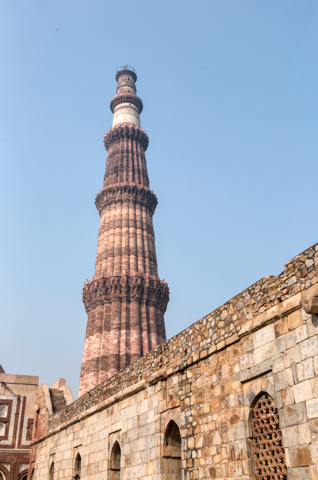
Qutub Minar is 240 feet, is in the Qutb Complex, which is a UNESCO World Heritage Site. The construction of Qutub Minar was commissioned by Qutub-ud-Din Aibak, the founder of the Delhi Sultanate in 1199 AD. Aibak's successor Iltutmish added three more stories to complete the tower. The topmost storey was damaged by lightning in 1368 A.D. and was rebuilt by Firoz Shah Tughlaq. Firoz Shah Tughlaq built two floors one of which can be distinguished easily as it was built of white marble.
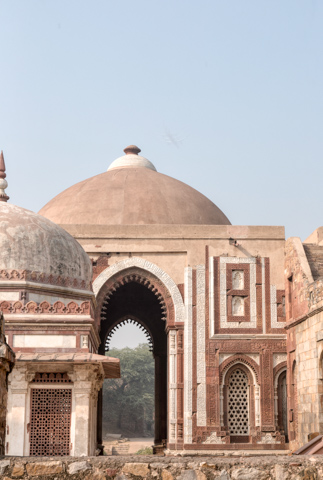


The Qutub Minar is made of dark red sandstone covered with intricate carvings and verses from the Quran. The Qutub Minar comprises several superposed flanged and cylindrical shafts, separated by balconies carried on Muqarnas corbels. The first three stories are made of red sandstone; the fourth, fifth and sixth stories are of marble and sandstone.
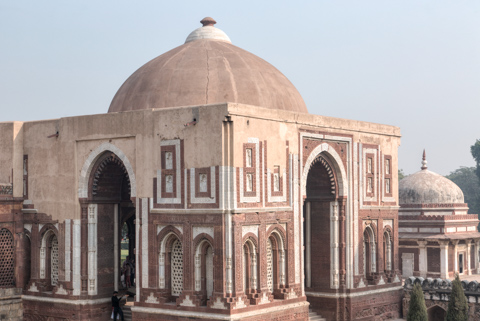
The Slave dynasty did not employ true Islamic architecture styles and used false domes and false arches. This makes the Alai Darwaza, the earliest example of first true arches and true domes in India.
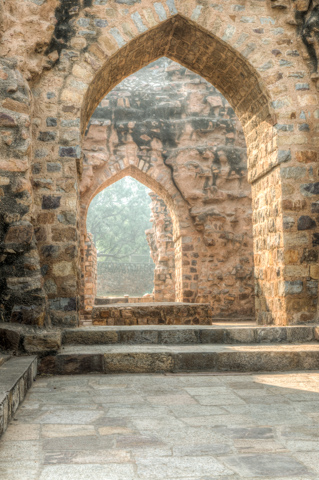
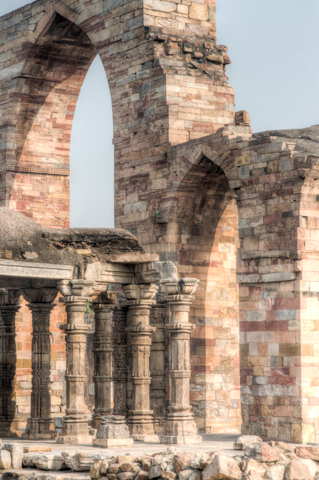
The Quwwat-ul-Islam Mosque, was built by Qutbu l-Din Aibak in 1192. It is one of the earliest surviving mosques in the Indian subcontinent. It was the first mosque built in Delhi after the Islamic conquest of India

According to a Persian inscription still on the inner eastern gateway, the mosque was built by the parts taken by destruction of twenty-seven Hindu and Jain temples
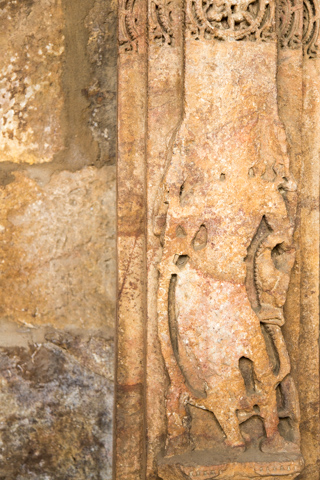

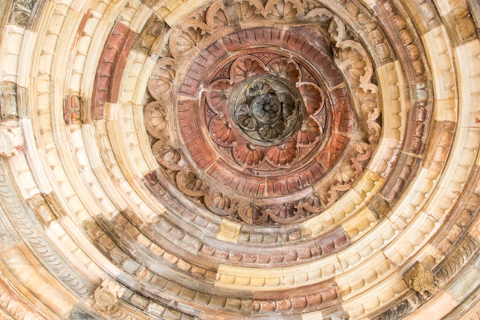
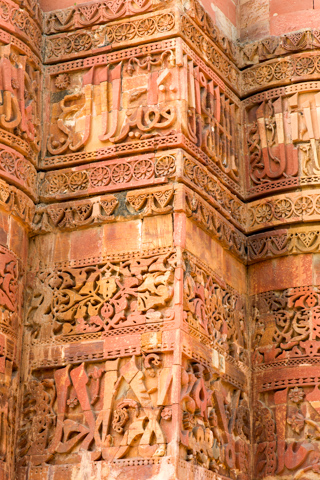

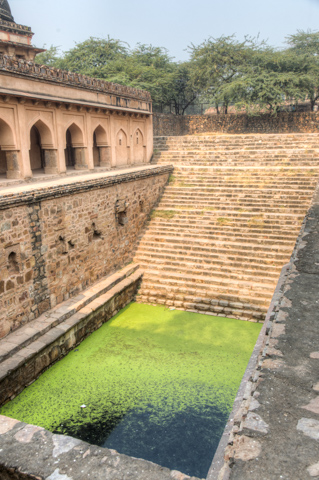
This three-story stepwell was built by Daulat Khan during the reign of Sikandar Lodi in 1516. 'Rajon', in Rajon Ki Baoli, means 'masons', perhaps a group of masons who used this stepwell for sometime during the building of the Qutub complex.

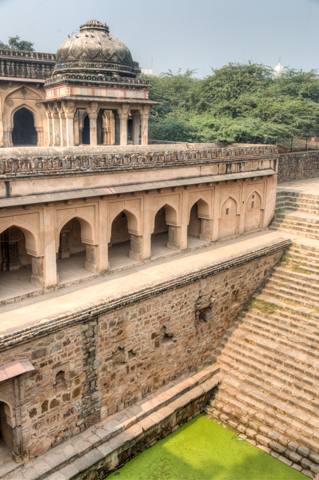

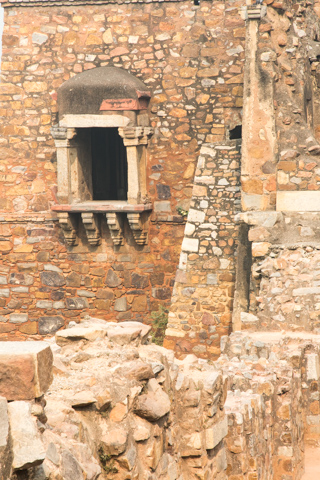
Hauz Khas houses a water tank, an Islamic seminary, a mosque, a tomb and pavilions built around an urbanized village with medieval history traced to the 13th century of Delhi Sultanate reign. It was part of Siri, the second medieval city of India of the Delhi Sultanate of Allauddin Khilji Dynasty (1296-1316).




From here our tour was over. Cal went into the office for several days and Virginia Ann visited around Delhi mostly shopping.